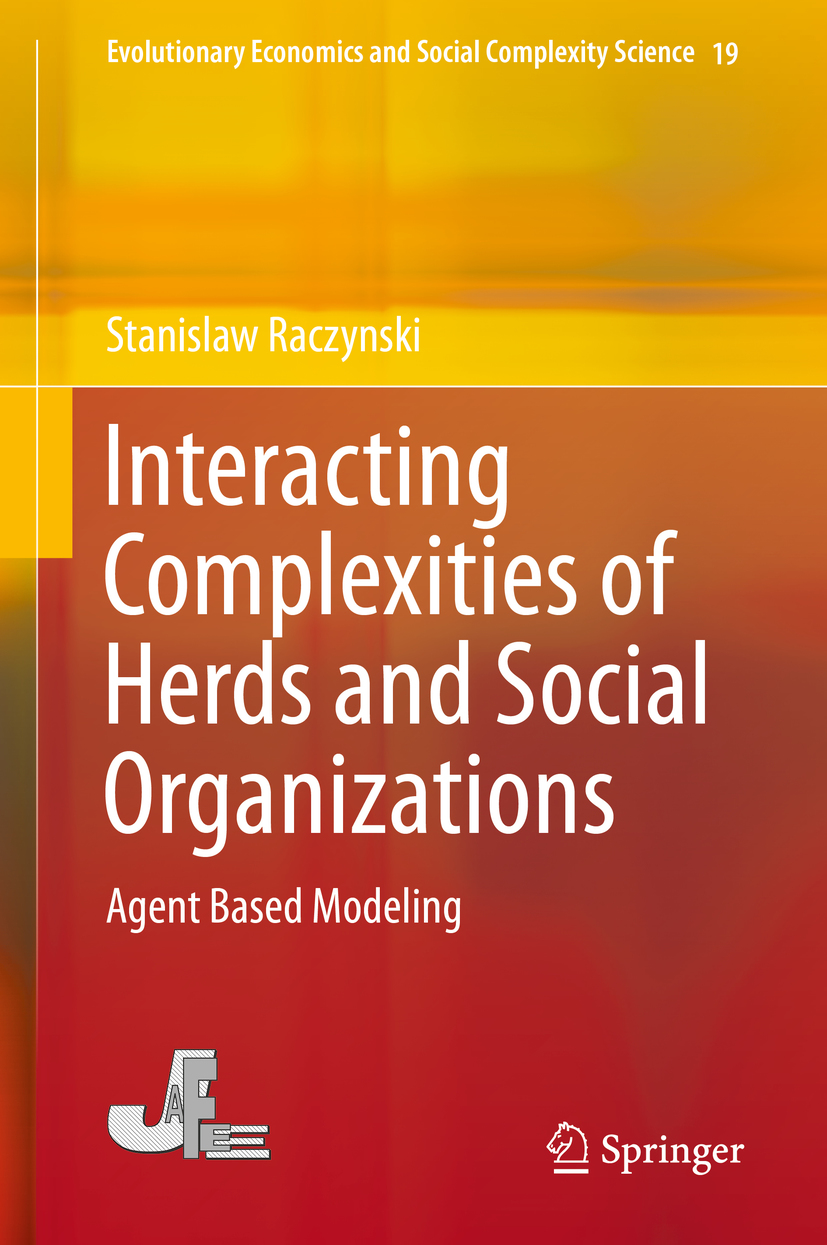Volume 19
Evolutionary Economics and Social Complexity Science
Editors-in-Chief
Takahiro Fujimoto
Tokyo, Japan
Yuji Aruka
Tokyo, Japan
Editorial Board
Satoshi Sechiyama
Kyoto, Japan
Yoshinori Shiozawa
Osaka, Japan
Kiichiro Yagi
Osaka, Japan
Kazuo Yoshida
Kyoto, Japan
Hideaki Aoyama
Kyoto, Japan
Hiroshi Deguchi
Yokohama, Japan
Makoto Nishibe
Sapporo, Japan
Takashi Hashimoto
Nomi, Japan
Masaaki Yoshida
Kawasaki, Japan
Tamotsu Onozaki
Tokyo, Japan
Shu-Heng Chen
Taipei, Taiwan
Dirk Helbing
Zurich, Switzerland
The Japanese Association for Evolutionary Economics (JAFEE) always has adhered to its original aim of taking an explicit integrated approach. This path has been followed steadfastly since the Associations establishment in 1997 and, as well, since the inauguration of our international journal in 2004. We have deployed an agenda encompassing a contemporary array of subjects including but not limited to: foundations of institutional and evolutionary economics, criticism of mainstream views in the social sciences, knowledge and learning in socio-economic life, development and innovation of technologies, transformation of industrial organizations and economic systems, experimental studies in economics, agent-based modeling of socio-economic systems, evolution of the governance structure of firms and other organizations, comparison of dynamically changing institutions of the world, and policy proposals in the transformational process of economic life. In short, our starting point is an "integrative science" of evolutionary and institutional views. Furthermore, we always endeavor to stay abreast of newly established methods such as agent-based modeling, socio/econo-physics, and network analysis as part of our integrative links.
More fundamentally, evolution in social science is interpreted as an essential key word, i.e., an integrative and /or communicative link to understand and re-domain various preceding dichotomies in the sciences: ontological or epistemological, subjective or objective, homogeneous or heterogeneous, natural or artificial, selfish or altruistic, individualistic or collective, rational or irrational, axiomatic or psychological-based, causal nexus or cyclic networked, optimal or adaptive, micro- or macroscopic, deterministic or stochastic, historical or theoretical, mathematical or computational, experimental or empirical, agent-based or socio/econo-physical, institutional or evolutionary, regional or global, and so on. The conventional meanings adhering to various traditional dichotomies may be more or less obsolete, to be replaced with more current ones vis--vis contemporary academic trends. Thus we are strongly encouraged to integrate some of the conventional dichotomies.
These attempts are not limited to the field of economic sciences, including management sciences, but also include social science in general. In that way, understanding the social profiles of complex science may then be within our reach. In the meantime, contemporary society appears to be evolving into a newly emerging phase, chiefly characterized by an information and communication technology (ICT) mode of production and a service network system replacing the earlier established factory system with a new one that is suited to actual observations. In the face of these changes we are urgently compelled to explore a set of new properties for a new socio/economic system by implementing new ideas. We thus are keen to look for integrated principles common to the above-mentioned dichotomies throughout our serial compilation of publications. We are also encouraged to create a new, broader spectrum for establishing a specific method positively integrated in our own original way.
More information about this series at http://www.springer.com/series/11930
Stanislaw Raczynski
Interacting Complexities of Herds and Social Organizations
Agent Based Modeling
Stanislaw Raczynski
Facultad de Ingeniera, Universidad Panamericana, Ciudad de Mxico, Mxico
ISSN 2198-4204 e-ISSN 2198-4212
Evolutionary Economics and Social Complexity Science
ISBN 978-981-13-9336-5 e-ISBN 978-981-13-9337-2
https://doi.org/10.1007/978-981-13-9337-2
Springer Nature Singapore Pte Ltd. 2020
This work is subject to copyright. All rights are reserved by the Publisher, whether the whole or part of the material is concerned, specifically the rights of translation, reprinting, reuse of illustrations, recitation, broadcasting, reproduction on microfilms or in any other physical way, and transmission or information storage and retrieval, electronic adaptation, computer software, or by similar or dissimilar methodology now known or hereafter developed.
The use of general descriptive names, registered names, trademarks, service marks, etc. in this publication does not imply, even in the absence of a specific statement, that such names are exempt from the relevant protective laws and regulations and therefore free for general use.
The publisher, the authors, and the editors are safe to assume that the advice and information in this book are believed to be true and accurate at the date of publication. Neither the publisher nor the authors or the editors give a warranty, express or implied, with respect to the material contained herein or for any errors or omissions that may have been made. The publisher remains neutral with regard to jurisdictional claims in published maps and institutional affiliations.
This Springer imprint is published by the registered company Springer Nature Singapore Pte Ltd.
The registered company address is: 152 Beach Road, #21-01/04 Gateway East, Singapore 189721, Singapore
Preface
According to John von Neumann, by a model is meant a mathematical construct which, with the addition of certain verbal interpretations, describes observed phenomena. The justification of such a mathematical construct is solely and precisely that it is expected to work that is, correctly to describe phenomena from a reasonably wide area. Humans always (sometimes unconsciously) have used models created in their brains. When our technical skills have grown, the models acquired the form of physical, scale models, drawings, and finally sophisticated logical and mathematical constructions. The common concept of modeling is defined as a scientific activity, the aim of which is to make a particular part or feature of the world easier to understand.
The complexity of the real world can be modeled to some extent. There are many definitions of complexity, recently related to system of systems structures. Note that a system that contains a great number of sub-systems or items or a huge number of differential equations is not necessarily complex. The complexity lies in the way the components interact with each other and the diversity of system components. In such systems, the simulation results may provide information about the behavior of the whole system, which is not the sum of individual behavior patterns. This is also interpreted as nonlinearity. This book is focused on this kind of modeling and simulation experiments.
Analog and digital computers gave us a powerful tool for model building and analysis. At the very beginning of the computer era, the differential equations have been solved on analog machines, helping scientists and engineers to design mechanisms, circuits, and complex devices. The field of model applications has grown over the decades, including not only the works of engineering and exact sciences but also the models of animal and human societies.

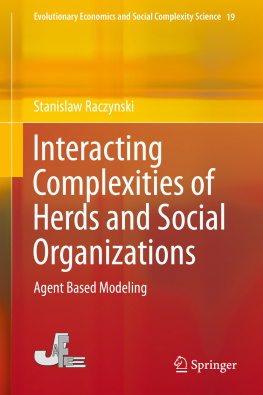
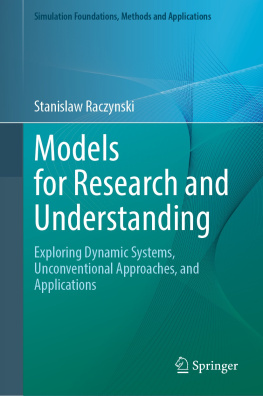

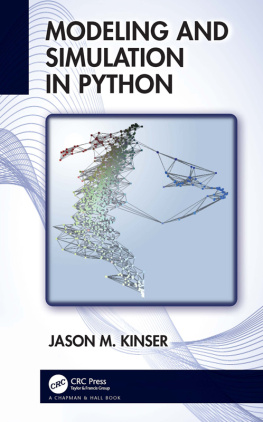


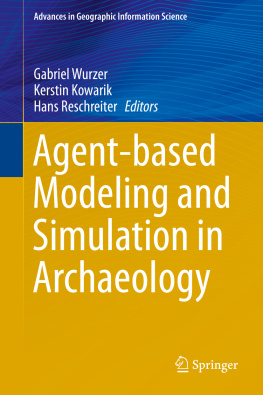
![Matthias Templ [Matthias Templ] - Simulation for Data Science with R](/uploads/posts/book/119614/thumbs/matthias-templ-matthias-templ-simulation-for.jpg)

